Các danh mục hàng đầu
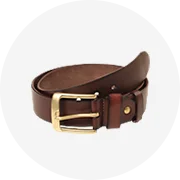
Thắt lưng & Phụ kiện

Trang phục & phụ kiện cưới

Găng tay & Bao tay
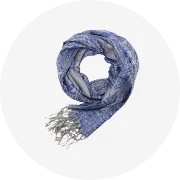
Khăn & Khăn choàng

Cà vạt & Phụ kiện

Mũ nón các loại
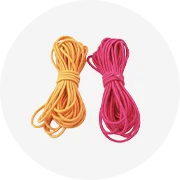
Phụ kiện quần áo

Tất & Hàng dệt kim

Bộ khăn, mũ & găng tay
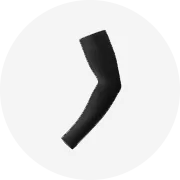
Bao cánh tay & Bao đầu gối

Khác Trang Phục
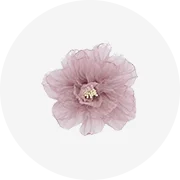
Các phụ kiện thời trang khác
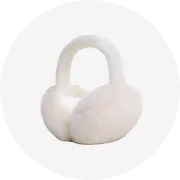
Bịt tai & Mặt nạ bịt mắt

hoạt động thể thao

Đồ Lót

Trang phục dân tộc
About products and suppliers
Alibaba.com cung cấp các sản phẩm 106 vỏ hạt giống đa hạt.














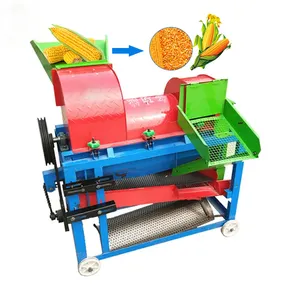









 浙公网安备 33010002000092号
浙公网安备 33010002000092号 浙B2-20120091-4
浙B2-20120091-4